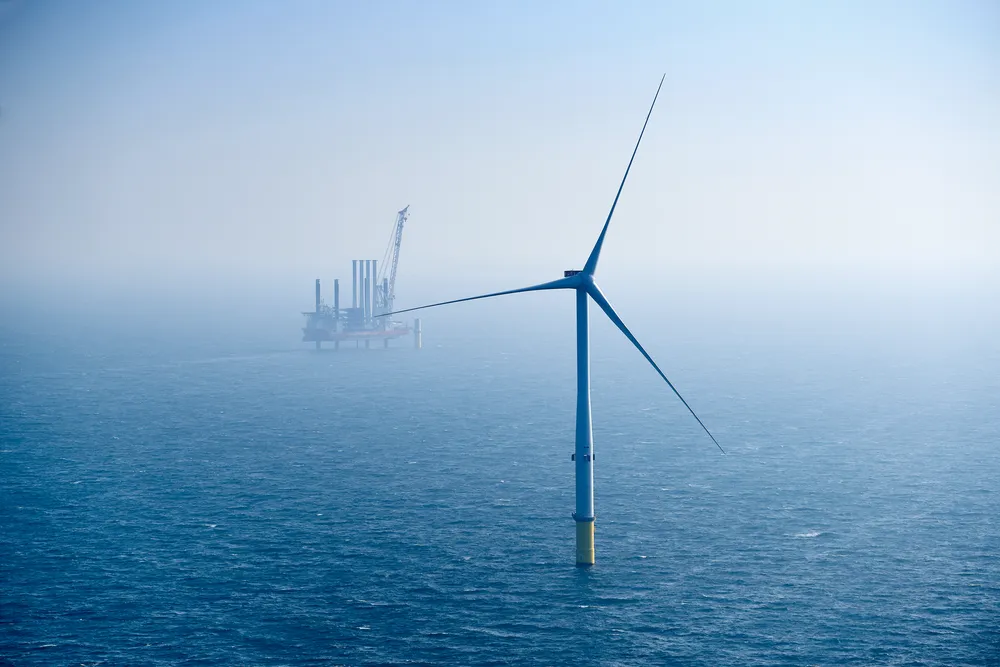Only 'rock-star' renewables projects attracting buyers as assets flood market
Assets that fulfil 'Holy Trinity checklist' can still pull in good prices but overall outlook is bleak for sellers, finds LevelTen Energy report

The European renewables market has become “flooded” with wind and solar assets prompting a steady slide in their value, with buyers only prepared to compete for “rock-star” projects, a new report has found.
With ambitious goals to become the world’s first major economic bloc to achieve climate-neutrality by 2050, the EU has seen a “phenomenal” renewables rollout in recent years, says a new report from analytics firm LevelTen Energy.
This resulted was “unprecedented” M&A activity during 2021 and 2022 when interest in renewables assets was at a premium during the depths of the Covid-19 pandemic, which sent global oil prices to rock bottom.
However, various factors since then have led to a “cooling of the market,” it said, citing higher interest rates, longer development timelines and supply chain constraints. “Volatile” spot market prices paired with curtailment and cannibalisation are also to blame.
By 2023, the market was “shifting from a seller’s market,” it said, with deals taking longer to close and “many even falling apart”.
Many of the market’s biggest players have now revised their renewable energy targets downwards, it noted. Oil giants BP, Shell and Equinor have all announced big cuts to their green spending, while Danish renewables giant Orsted has nearly halved its 2030 target in little over a year as it looks to shore up its finances.
Investor strategies accordingly shifted from “very aggressive growth” to an approach prioritising risk-management and portfolio optimisation, said LevelTen. “This contributed to a change in buyers’ philosophy, as they became far more selective with the projects they acquired.”
Buyers of renewables assets are now less interested in “acquiring large portfolios or platforms,” preferring instead “select, attractive projects to diversify their portfolios.” They also prefer “low-risk projects” later in their development, including stronger risk-mitigation clauses and requiring “cash collaterals” and “exit options.”
This has led to the price of renewables assets being “on the decline,” particularly for solar PV assets.
Since 2023, LevelTen said the market has been “inundated with projects, regardless of country, as macroeconomic conditions have compelled many companies to bring assets to market.”
“Aware of their advantage, buyers are steering clear of competitive processes – except for standout ‘rock-star’ projects – favouring bilateral deals instead.”
There is still “some hope on the horizon for developers,” said LevelTen, which found there are still “good prices for assets that tick the ‘Holy Trinity’ checklist: technology, development stage and size”.